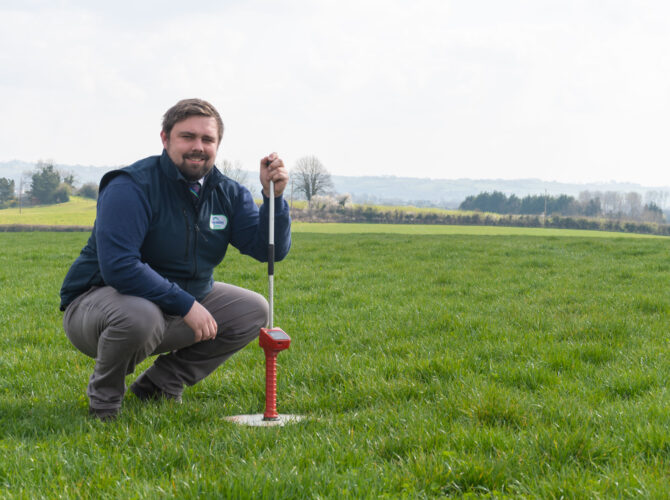Improve Your Grassland By Reseeding This Autumn.
12th August 2024

After a difficult grass growing season, we are now seeing good grass growth and thoughts turn to autumn reseeding. Many swards were damaged during the difficult spring and now provides an opportunity to correct the damage and introduce new grass to your fields by reseeding. Perennial ryegrass is the foundation of our grassland systems in Northern Ireland and ensuring there is enough of this and of the right variety is key to boosting your yields and livestock performance.
There are many different species of grass that can make their way into your fields over time which do not have the same yield potential or feed value of perennial rye grass, work carried out by AHDB suggests that a 10% reduction in perennial ryegrass will result in yield loss of 1.4t DM/ha an a loss of almost 20,000 MJ of metabolisable energy per hectare, this is the equivalent to 2,800l of milk or 425kg of liveweight gain.
A field should be considered for a full reseed if there is less than 50% perennial rye grass. Rye grass can be identified by the reddish colour to the stem base. Ideally a sward should have over 70% ryegrass and if lower than this over seeding could be considered to prolong the life of the sward. Before reseeding however, it is important to correct any issues which may prevent it from succeeding such as soil fertility, drainage, or structure.
A recent soil test should be used to correct pH and ensure the correct fertiliser is being used to get the new swards off to the best start. If you do not have a soil sample this should be done as soon as possible and can be interpreted by a member of the Fane Valley Agronomy & Forage team. Correcting pH with Calciprill granular lime is a fast and effective way to ensure the pH of the soil is correct for the emerging seedling it is particularly useful if direct drilling as the decaying of the old sward creates an acidic environment.
It is important to select the correct grass seed mixture for your farm which will suit the land type, the stock you are grazing or be the correct quality for silage making. Heading dates are particularly important and in grazing mixture there should be a range of 10 days or less between varieties and 7 days or less for cutting mixtures. The Fane Valley Agronomy & Forage handbook has details of the grass seed mixtures available with details including yield, density, and a cutting guide.
If planning to reseed this autumn it is important to burn off the old sward soon and get the grass established as soon as possible. It is key to get the sward sprayed and grazed before the first winter to encourage the grass to tiller and control any weeds while they are in the seedling stage.
If you want more information on reseeding this autumn, please speak to your local Fane Valley agronomist or call 02892610485.

